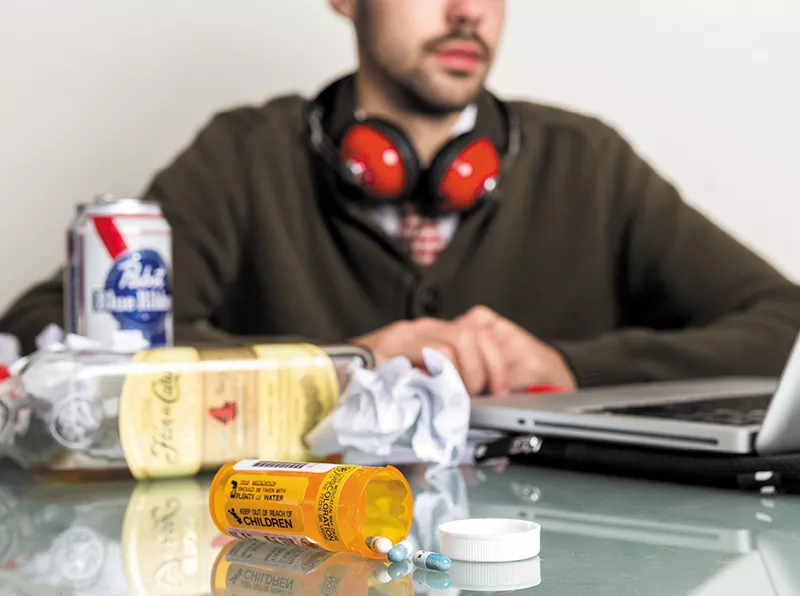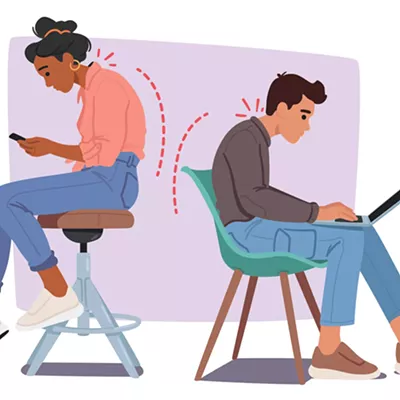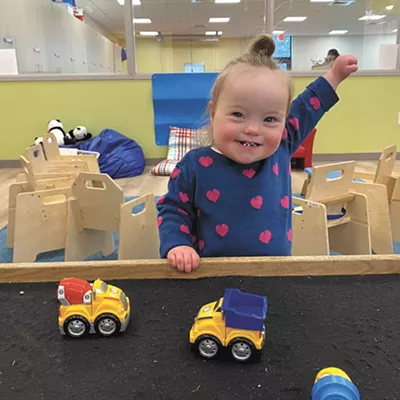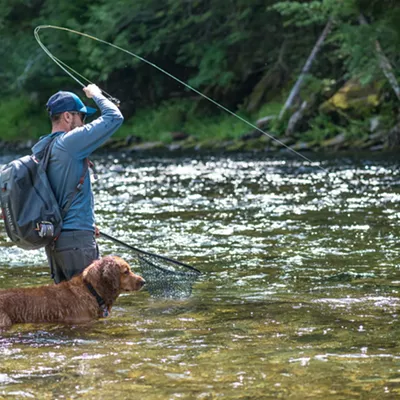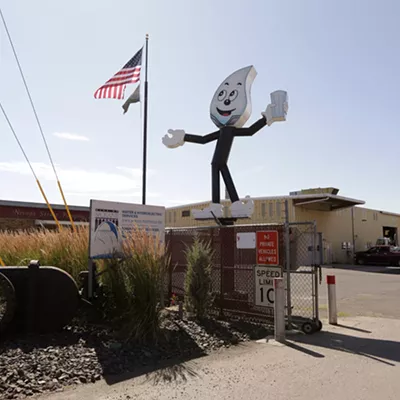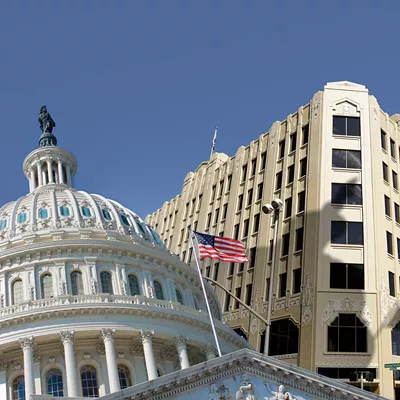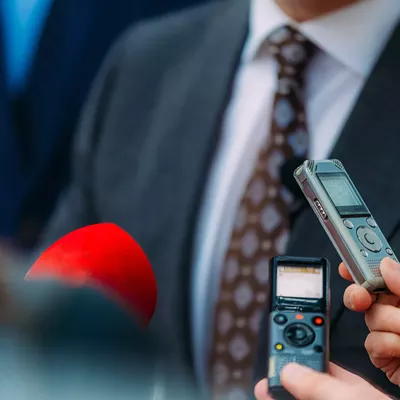At Washington State University, Kenny Hummel was only a freshman. But Hummel was found in a WSU dorm room last fall, passed out, with his blood-alcohol content at 0.40, five times what is considered legally intoxicated. He died of acute alcohol poisoning.
At the University of Idaho, Joseph Wiederrick was also only a freshman. But he was found under a small bridge several miles from campus this winter, dead of hypothermia. He’d left a fraternity party at midnight, wandered aimlessly through Moscow for hours, knocking on a few doors, before slipping on a creek bed and soaking his clothes. Toxicology reports indicated alcohol and marijuana in his bloodstream.
Illegal drugs have long been an issue in college. But now legal — or mostly legal — substances are adding to the temptations faced by students. Energy drinks, prescription medications, and marijuana are easily available to underage students. Mix with alcohol, and chug liberally.
“Students think they’re invincible,” says Kyle Erdman, a student representative on WSU’s alcohol and drug task force. “We think we could drink as much as we want and wake up and have a good story to tell,” he says. “With freshmen, they think this is what Washington State is about.”
“It’s not that more students are drinking, it’s what students are drinking. When I was in college we drank beer mostly,” said Bruce Wright, WSU Health and Wellness Services Director, in an interview last fall. “Now, there seems to be a shift. Students are drinking hard alcohol.”
Unfortunately, the problem isn’t just alcohol or drugs. It’s the combination. Alcohol is a depressant. Prescriptions like Ritalin and Adderall (see “Big Pill on Campus,” page 19) as well energy drinks like Red Bull and Monster are all stimulants. When they’re mixed together — as in a Vodka Rockstar, a common drink at local bars at WSU — the effects can be deceiving, and deadly.
“They mask the effects of intoxication,” says Wright. “They contribute to the disinhibition of judgment.” With a stimulant, a drinker doesn’t get as sleepy, and doesn’t know how drunk he or she is.
The Search for Solutions
For the 2012-13 school year, WSU launched “Booze, Sex and Reality Checks,” a mandatory education program targeting freshmen. It teaches things as simple as what constitutes “a drink.” (Hint: Those red Solo cups hold more than just “one drink.”) WSU has a counseling employee dedicated entirely to helping students with drug and alcohol problems.
If it seems like freshmen are more vulnerable to making bad decisions, that’s because they are. Adnan Amin, a psychiatrist at Spokane’s Sacred Heart Medical Center, says the college kid’s brain is physically immature — it’s uniquely wired to discount the riskiness of behavior while glamorizing the benefits.
“We have more alcohol problems with incoming freshmen,” says Cassandra Nichols, director of counseling services at WSU. “We also have more problems with sexual assaults, because of the alcohol problems.”
Nichols is also seeing more students enter WSU struggling with existing addictions, and not just with alcohol. Still, she thinks the school’s efforts are paying off.
“The effectiveness of that program is more successful than we would have suspected,” Nichols says. Several recent surveys, she says, indicated they’ve changed student attitudes.
But Dick Mandeville, Whitworth University’s vice president for student life, is skeptical.
“Schools have been doing alcohol programming for probably 25 years,” Mandeville says. “There is very little data to indicate that it’s made any difference between levels of drinking or the use of [alcohol].”
After all, the most famous anti-drug program, DARE’s “Just Say No” campaign, became the most high-profile failure. It spread a scary message: Drugs are everywhere, and they’re deadly. But a follow-up study in 1999 examined more than 1,000 students who’d had a DARE education. The results were revealing: Those who’d had DARE and those who hadn’t didn’t have a single difference in their beliefs about drug use, their attitudes toward drugs, or their self-esteem.
In fact, some worried that it had an opposite sort of effect: It was normalizing. It made the stereotypical everybody’s-doin’-it argument directly to students.
Whitworth, a small, private Christian campus in Spokane that is officially “dry,” is taking a different tack. Rather than aiming at the students likely to binge drink or use drugs, they’re aiming at those standing on the sidelines. A recent grant provided for 11 Whitworth faculty members to be trained in “The Green Dot” campaign, teaching bystanders how to stop sexual assault and violence. Alcohol can fuel both.
“You can be direct and go up to somebody and say, ‘I think you’ve had too much, can I take you home?’ ” Mandeville says, or you can delegate, asking friends to help you intervene with someone exhibiting risky behavior.
Erdman says WSU needs that sort of community. “My definition for a ‘Cougar family’ is to do anything for the safety and well-being for the students,” he says. “It’s upperclassmen saying ‘This a mistake I made,’ or ‘Don’t mix energy drinks with alcohol.’ ”
Reaching out to fellow students is key. “I think there’s a large group of students that go through college in isolation,” Erdman says. “That alone is a big problem with alcohol.”
Family Ties
Surprisingly, even for kids at college, peer groups aren’t the most powerful influence on behavior. “Parents really are the primary influences,” Nichols says. She says surveys at WSU show that while students say they turn to peers first if they have a problem, they value parental advice above all. When campus police pick up students in trouble, she says one of the first questions is, “Are you going to call my parents?”Yet Nichols says parents of incoming freshmen often call her office asking how to have the conversation with students about drugs and alcohol. A part of her, Nichols says, wants to tell them that they should have been having these conversations for the past 10 years. What are the family’s values regarding drugs, alcohol, and sexual behavior?
Whitworth’s Mandeville says when his son came back from Notre Dame his freshman year, even he was surprised by the amount of alcohol on campus. But ultimately, his son said they did a good job preparing him.
“We also bribed him,” Mandeville says. “If you make it to 21 before your first drink, you’ll get x amount of money.”
That may sound unorthodox. But for his son, it changed the cost-benefit question. Is that beer, in other words, really worth losing $1,000?

